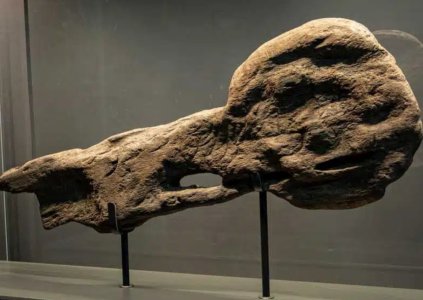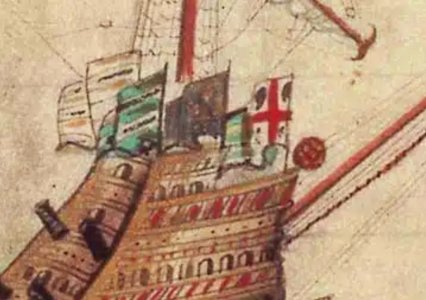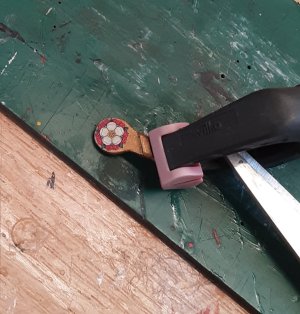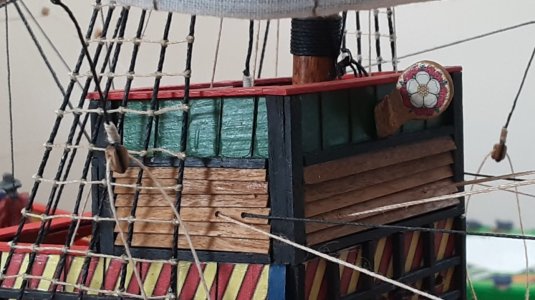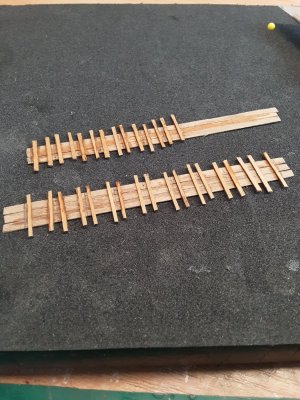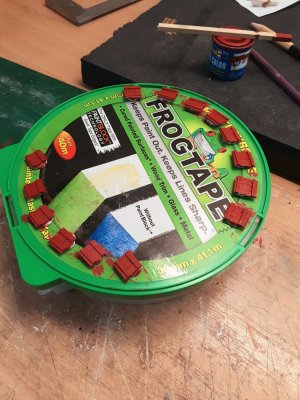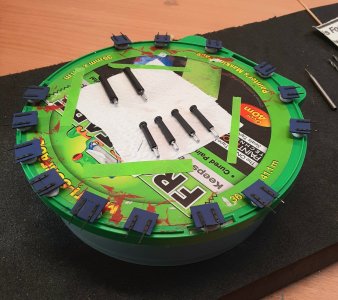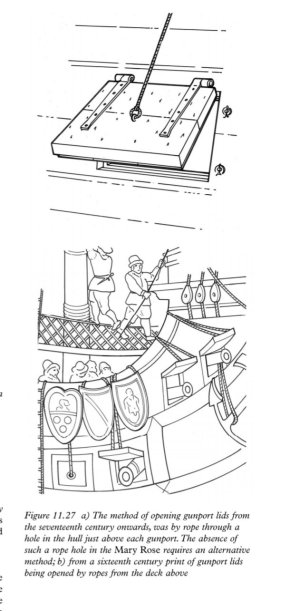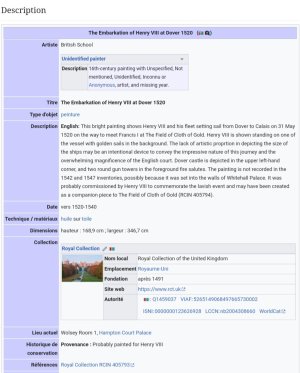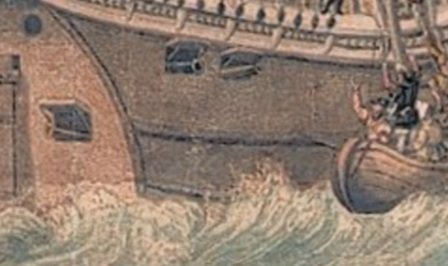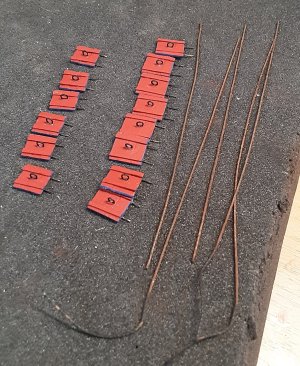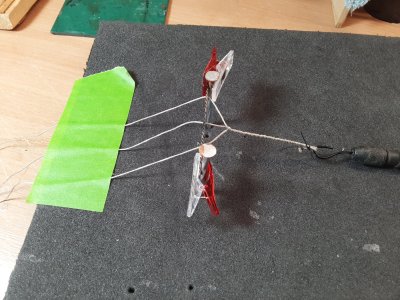I found some suitable shields online, copied onto a slide, tweaked the colour saturation and printed. As luck would have it the old printer packed up a couple of months ago and the new one is markedly better definition-wise. I don't know what it is with printers, the old printer hated me and the new one isn't that keen on me either.
Thin PVA used to stick on black card -

All cut out and a black Sharpie used to run around the edges to blend in the white edge of the paper -
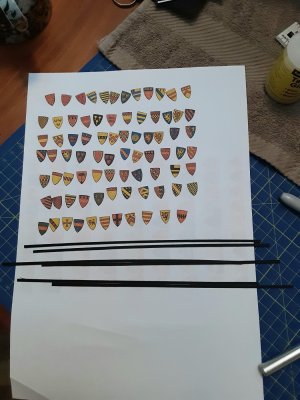
My plan is to glue the shields to thin strips of card which can then be glued on the rails around the fighting platforms. We'll see how that goes.
Thin PVA used to stick on black card -

All cut out and a black Sharpie used to run around the edges to blend in the white edge of the paper -

My plan is to glue the shields to thin strips of card which can then be glued on the rails around the fighting platforms. We'll see how that goes.






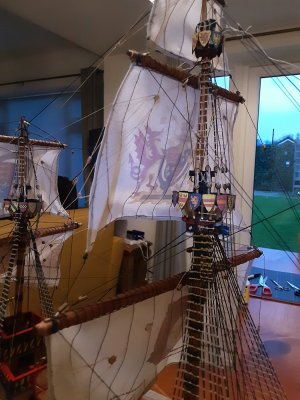
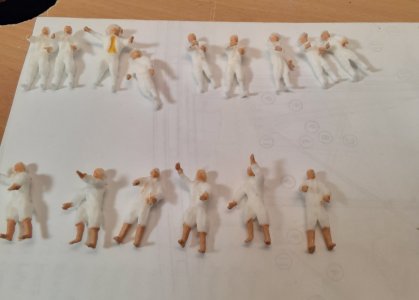
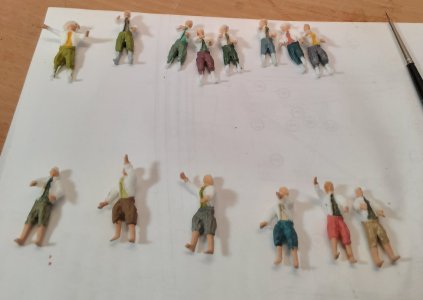


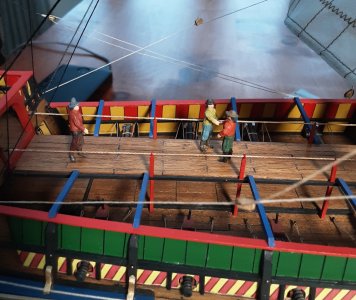
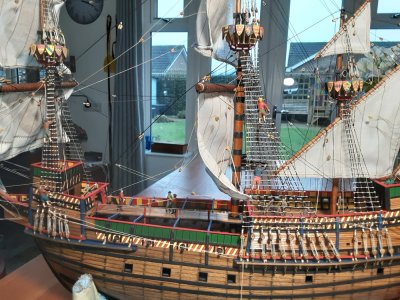
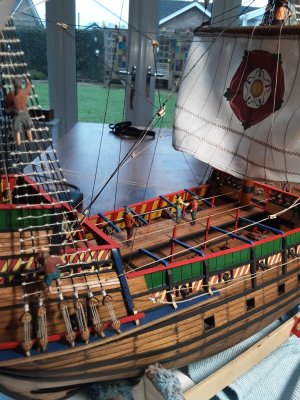
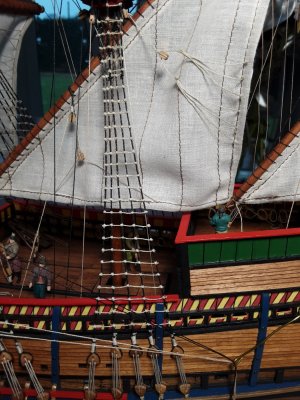
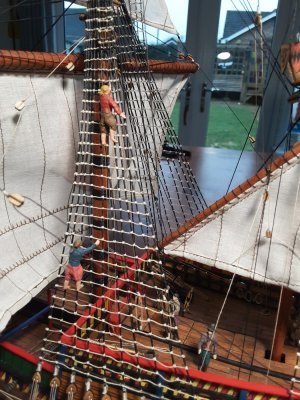

 s next.
s next.